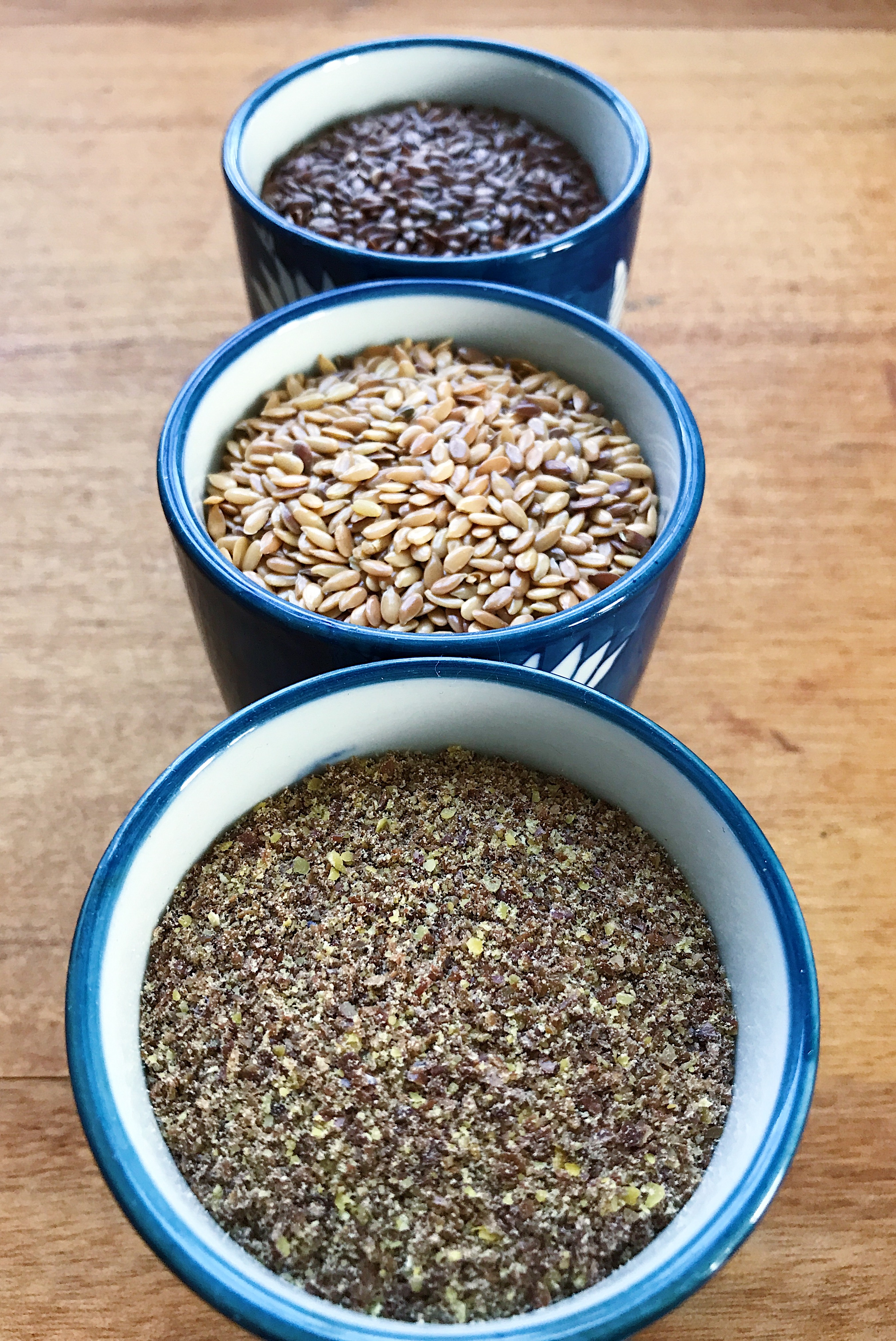by Therese Hodgkinson (Naturopath)
Did you know that Flaxseed (aka linseed) is not only a great source of omega 3 fatty acid but also:
- fibre,
- protein,
- minerals,
- isoflavones & lignans?
No wonder this nutritious little seed has been consumed since 3000BC!!
The phytonutrients in flaxseeds, known as lignans & isoflavones, are compounds which have complex effects on hormone metabolism, helping to balance our oestrogen levels.
This in turn, can have a positive impact on health issues such as oestrogen dominant conditions including:
- heavy menstrual bleeding
- premenstrual syndrome (PMS)
- endometriosis
- uterine fibroids
- as well as supporting the transition through menopause
This small seed is also a great source of both soluble & insoluble fibre. This makes it a helpful addition to your diet for aiding the clearance of toxins & even excess cholesterol via the bowel.
Flaxseed is high in omega 3 fatty acids which can benefit cardiovascular & mental health. It is a great source of omega 3 for those wanting to avoid animal products.
What forms does it come in and what makes them different?
Flax comes in a few forms:
- Flaxseed oil is best if you only require the omega 3 component.
- Whole or ground flaxseeds will also contain the lignans, isoflavones, protein, fibre & minerals.
What’s the best way to consume flax?
The best way to consume them is to freshly grind your whole flaxseeds at home just prior to use (any left overs to be kept in the fridge). This will not only keep the nutrient levels optimal & prevent the oils becoming rancid, but will also make them easier to digest than whole seeds. Try adding them to your smoothies, yoghurt, muesli or porridge.
So many health benefits from such a humble ancient seed!!!


